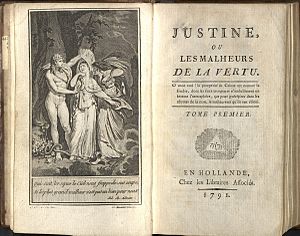Let's take it back for a minute...
The negative connotation behind the concept of "darkness" began in Europe during the Age of Enlightenment. Conceptually speaking, I don't feel as if this would be problematic had it not been for corrupt thinkers. Such labels created negative paradigms towards people of color. So as a natural response to such a tag, there have been some quite chilling receptions to;
The Black Madonna
Who is she? What does she truly represent? These are some of the questions that I sought answers to as I revisited this gone-cold topic of my own life. To my dismay, I found out that the reliable source that my research stemmed from a few years back was no longer available to me. So I went on researching, hoping to find a source equally as reliable to cite. I found it to be to no avail, but I did find other interesting ideas. Each and every piece of knowledge, even the strands that I didn't agree with as much, wove a fine tapestry of answers. I found that the Black Madonna had so much controversy surrounding her that it would be impossible for me to go with one conclusion, so I took what I was given in order to draw my own;
I found sources that renounced the Black Madonna's complexion; they state that the uppermost crest of the statues found globally, mostly through Europe, developed dark skin through years of degradation, and staining by candle soot. Let's go down the obvious road together; some Christians believe the image to be that of a geographically-correct Mary and Jesus. Other sources discern these obvious similarities to the Christian personification of "Mother Mary" and view her more as a pre-Christian earth goddess, hence the skin shade.
Many well versed experts look to the Egyptian pantheon for answers. The deity Isis is seen on the left with her divine son Horus. If you pay close attention to the photo on the right, you'll see two slashes running down the Madonna's check. Professor Stephen Benko claims that their origin stems from the Eye of Horus.
And yet, all of these pairings are clear parallels to one another? Stay with me.
Through the time-long debate of her meaning, the Madonna's power is made apparent. The longer we try to figure out her origin, we'll only be fooling ourselves. The veil of uncertainty that encloses her is a self-projection. The answer is right in our face!
She is a personification of faith. The darkness of her skin represents the absence of light, and within that absence is where true faith resides. The entire concept of religion is centered on the idea of faith being blind; you can't see your maker, but it doesn't mean that He isn't there. She is the eternal mother; the child in her arms represents mankind, you and I. Maternity is an obvious allusion to the greater good; man never bore children. The price of your life is her generosity, and suffering.
Therefore I believe that in order to fully understand the Black Madonna, one must gaze blindly into her.



